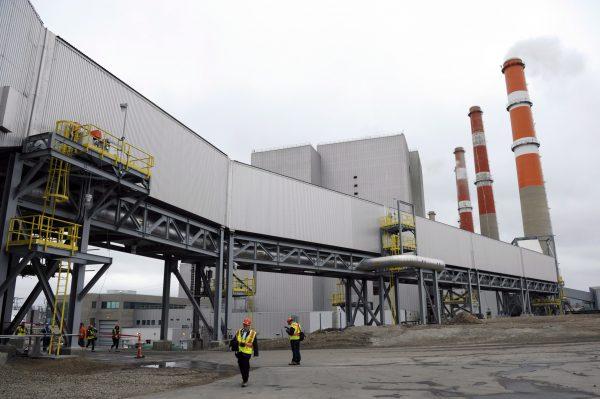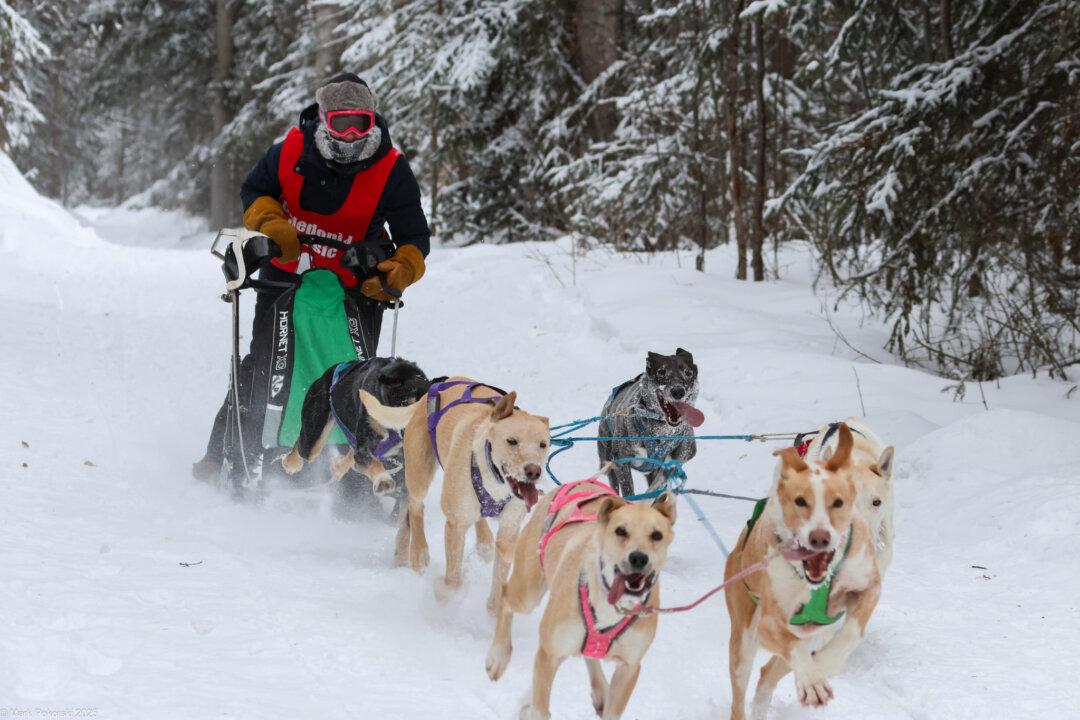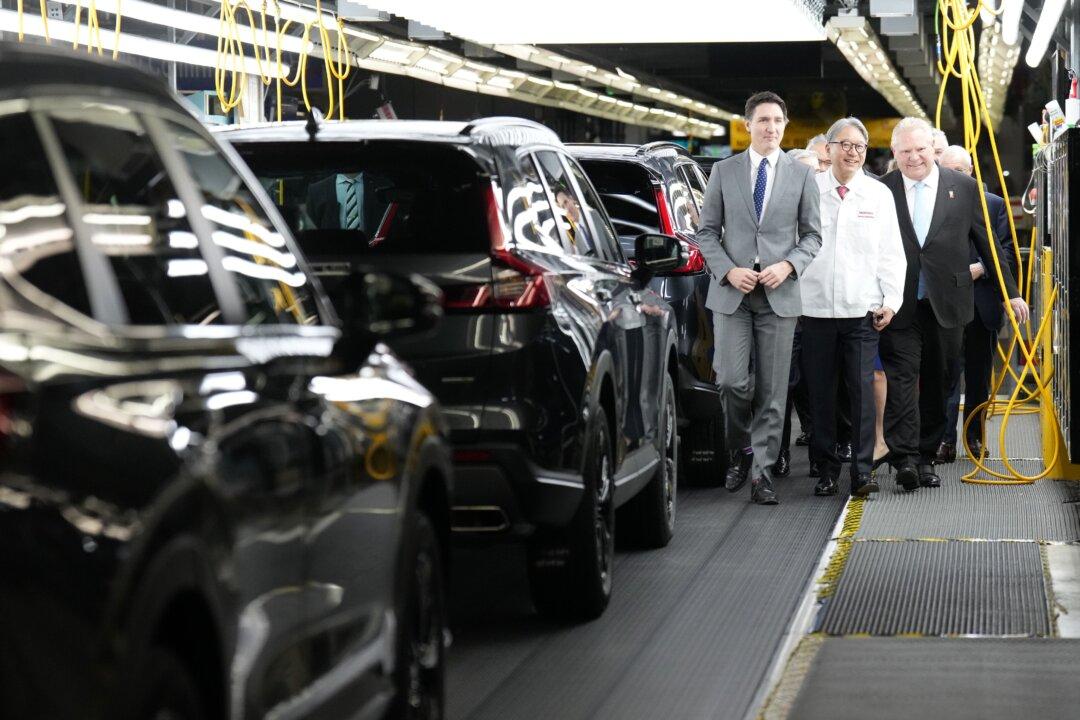
Part of a carbon capture and storage facility at the SaskPower plant at Boundary Dam Power Station in a file photo. Michael Bell/The Canadian Press
Saskatchewan’s premier says his province cannot meet Ottawa’s goal of achieving net zero emissions in power production by 2035.
Scott Moe told a
news conference on May 16 the federal goals are unrealistic, and not achievable without massive disruption.





